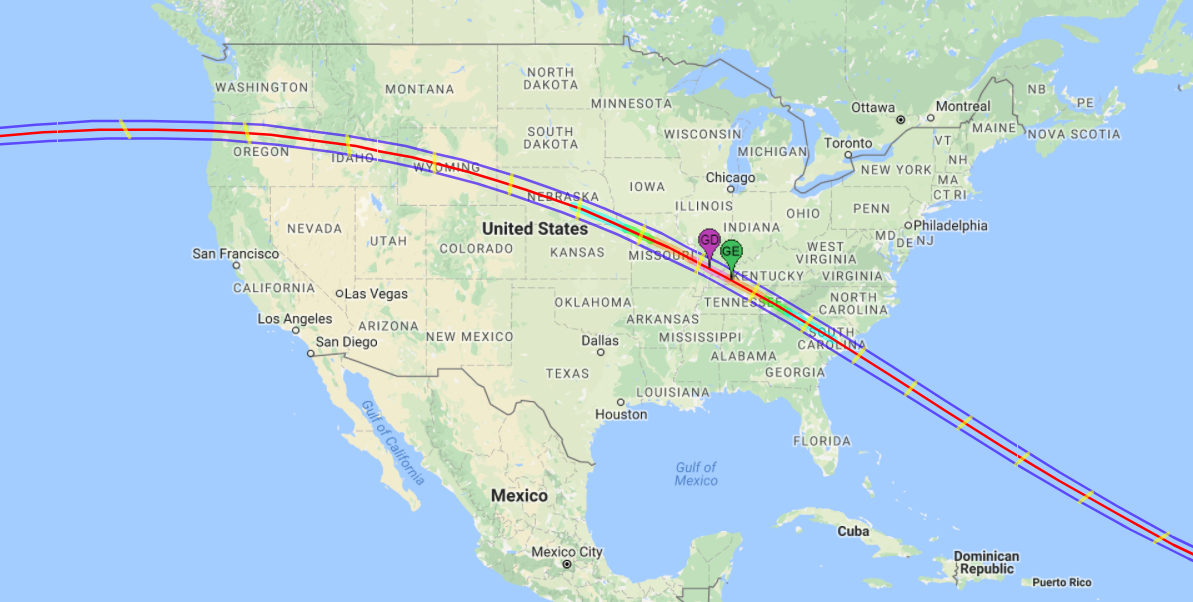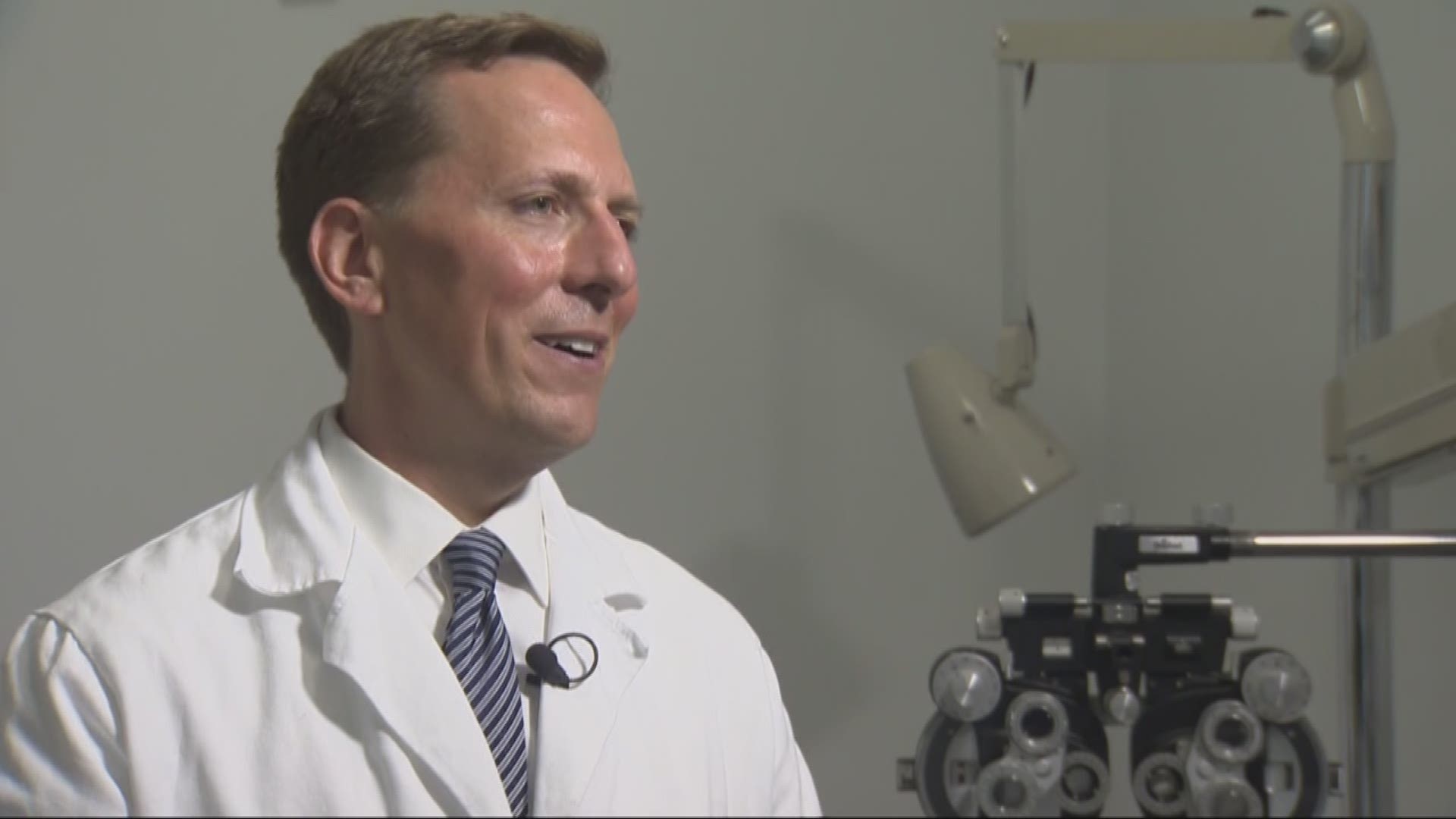PORTLAND, Ore. – On Aug. 21, part of Oregon will see the moon completely block the sun’s face in a total solar eclipse.
The 70-mile-wide path of totality spans from Oregon to South Carolina.
When you look up at the sky to marvel at the spectacular sight, you’ll need to do it safely. Looking directly at the sun, even during a partial eclipse, can easily damage your eyes. Only those looking at the total phase of the eclipse (which will last less than three minutes) from the path of totality should remove their glasses, according to NASA.
Interactive map: The path of totality

The only safe way to look directly at the sun during the eclipse outside the path of totality is through special-purpose solar filters, like eclipse glasses, or hand-held solar viewers, NASA says.
Sunglasses are not safe for looking at the sun during an eclipse.
NASA says five manufacturers have certified that their eclipse glasses and handheld solar viewers meet the ISO 12312-2 international standard: American Paper Optics, Baader Planetarium (AstroSolar Silver/Gold film only), Rainbow Symphony, Thousand Oaks Optical, and TSE 17.
More information: How to tell if your eclipse glasses are safe
More viewing tips from NASA
- Stand still and cover your eyes with your eclipse glasses or solar viewer before looking up at the bright sun. After glancing at the sun, turn away and remove your filter — do not remove it while looking at the sun.
- Do not look at the uneclipsed or partially eclipsed sun through an unfiltered camera, telescope, binoculars, or other optical device. Similarly, do not look at the sun through a camera, a telescope, binoculars, or any other optical device while using your eclipse glasses or hand-held solar viewer — the concentrated solar rays will damage the filter and enter your eye(s), causing serious injury. Seek expert advice from an astronomer before using a solar filter with a camera, a telescope, binoculars, or any other optical device.
- If you are within the path of totality, remove your solar filter only when the moon completely covers the sun’s bright face and it suddenly gets quite dark. Experience totality, then, as soon as the bright sun begins to reappear, replace your solar viewer to glance at the remaining partial phases.

